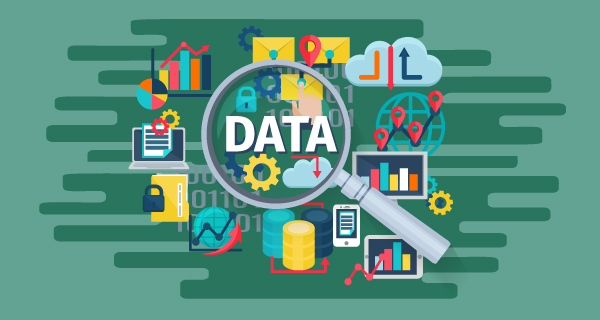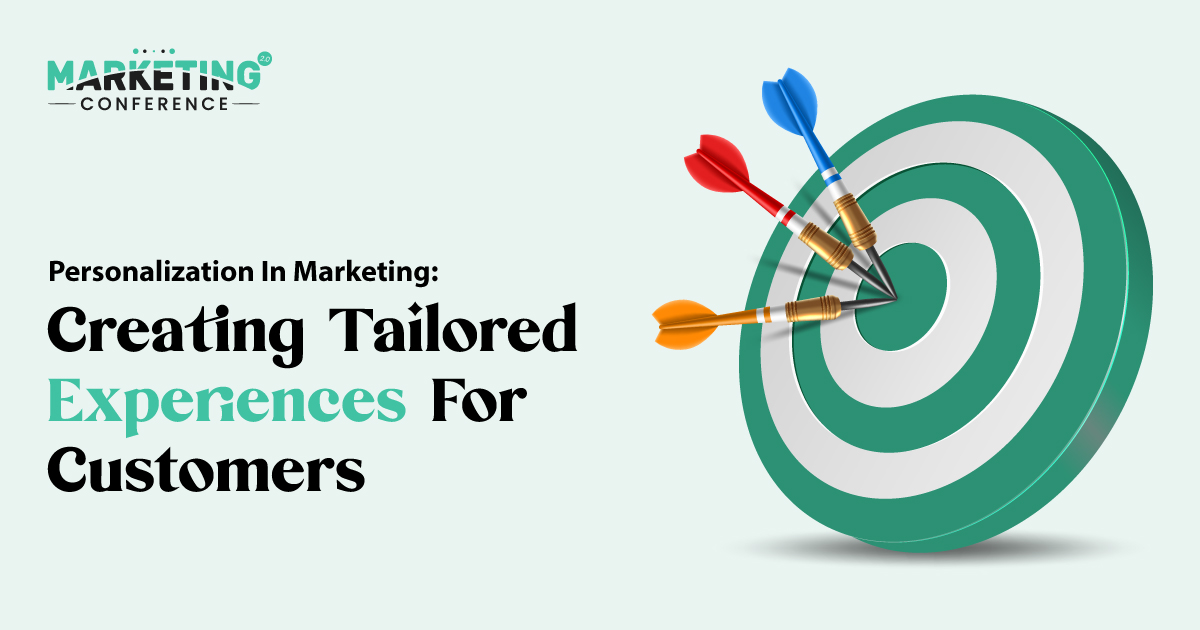In today's digital landscape, the success of marketing efforts largely depends on how well brands can connect with their target audience. Gone are the days of generic, one-size-fits-all marketing campaigns. Instead, businesses are increasingly turning to personalization as a powerful strategy to engage customers and drive conversion rates.
In this blog, we will delve into the world of personalization in marketing using expert reviews and insights shared at the Marketing 2.0 Conference. So, let’s dive in and explore its various facets, benefits, and legitimate implementation strategies.
Understanding The Power Of Personalization
Personalization in marketing involves tailoring your marketing efforts to meet the needs of individual customers. It's about delivering the right message at the right time through the right channel to the right person. Here's why personalization is essential:
- Enhanced Customer Engagement
Personalized marketing grabs the attention of customers by speaking directly to their interests and needs. When customers feel that a brand understands them, they are more likely to engage with its content.
- Improved Customer Loyalty
Personalized experiences create a sense of loyalty. When customers receive recommendations and offers that align with their preferences, they are more likely to return to your brand and become repeat buyers.
- Higher Conversion Rates
Personalization can significantly increase conversion rates. Showing customers products or services that are relevant to them increases the likelihood of them making a purchase.
- Data-Driven Insights
Personalization relies heavily on data analysis. By collecting customer data, companies can gain insights into customer behavior, enabling them to refine their marketing strategies.
- Competitive Advantage
In a crowded marketplace, personalization can set your brand apart from competitors. Clients are more likely to go with a brand that caters to their needs.

Leveraging Data For Personalization
Global marketing conferences share one of the foundational elements of successful personalization in marketing – data. Without the right data, it's challenging to create tailored experiences for customers. Here's how to leverage data effectively:
- Collecting Relevant Data
Begin by collecting data on customer demographics, preferences, and behaviors. This can be done through online surveys, website analytics, social media insights, and purchase history.
- Segmentation
After collecting data, segment your audience into smaller, more specific groups based on shared characteristics. This allows you to mold your marketing efforts to each segment's unique needs.
- Behavioral Tracking
Implement tools that track customer behavior on your website. This includes the pages they visit, products they view, and items they add to their cart. This data can easily be used to deliver personalized recommendations and reminders.
- Utilizing AI And Machine Learning
These algorithms can analyze large datasets quickly and make real-time personalized recommendations. These technologies are becoming increasingly important in personalization efforts.
- Privacy And Consent
Ensure that you comply with regulations of data privacy like GDPR and CCPA. Obtain consent from the customers before using their data for personalization.
Personalization Across Marketing Channels
Personalization isn't limited to a single marketing channel; it can be applied across various platforms and touchpoints. Marketing 2.0 Conference, one of the leading conferences tailored for marketing professionals, reviews the impact and the right way to hyper-personalizing customer experience for the best benefits. According to their insights, here's how to implement personalization in different marketing channels:
- Email Marketing
Personalize email campaigns by addressing recipients by their names, recommending products based on past purchases, and sending personalized offers. Use segmentation to send emails to specific targeted customer groups.
- Website Personalization
Implement dynamic content on your website that changes based on user behavior. For instance, show related products, provide personalized product recommendations, or greet returning customers with a personalized message.
- Social Media
Utilize social media algorithms to target your content to specific audience segments. Create custom audiences for advertising campaigns based on user interests and behaviors.
- Content Marketing
Tailor your blog posts, articles, and videos to address different customer segments' pain points and interests. Use data to determine which content resonates most with each group.
- Mobile Apps
If you have a mobile app, personalize the user experience by offering in-app recommendations, personalized notifications, and tailored content.
Measuring And Optimizing Personalization Efforts
Experts at various conferences for marketing professionals believe in regular check-ins into your marketing strategies to ensure that they are driving results. Ensuring the effectiveness of your personalization strategies is crucial to measure and optimize continuously. Here's how to do it:
- Key Performance Indicators (KPIs)
Define clear KPIs for your personalization efforts. These might include conversion rates, click-through rates, customer retention, and revenue generated from personalized campaigns.
- A/B Testing
Conduct A/B tests in order to compare the performance of personalized content and campaigns against non-personalized versions. Use the results to refine your strategies.
- Customer Feedback
Listen to customer feedback to understand how they perceive your personalization efforts. Are they finding the recommendations helpful, or do they feel their privacy is invaded?
- Data Analysis
Regularly analyze data from customers to identify patterns and trends. Are there new segments emerging? Are there changes in customer preferences?
- Continuous Learning
The field of marketing is dynamic, and customer preferences change over time. Stay updated with the latest trends, and be prepared to adapt your personalization strategies accordingly.
Bottom Line
Personalization in marketing is not just a trend; it's necessary in today's competitive landscape. Global marketing conferences focus their agendas on the significance of such personalization. Experts strongly believe that by following these strategies, you can create tailored experiences that resonate with your target audience.
Personalization isn't just a buzzword; it's the key to building lasting customer relationships and driving business. You can learn more about legitimate marketing strategies at renowned conferences for marketing professionals and experts. Marketing 2.0 Conference, for instance, is a leading global platform where you can connect with expert marketers and learn their perspectives about advancing trends in the field. With all the updated knowledge, you can start personalizing your marketing strategies today and watch your brand thrive in a world where relevance is paramount.




